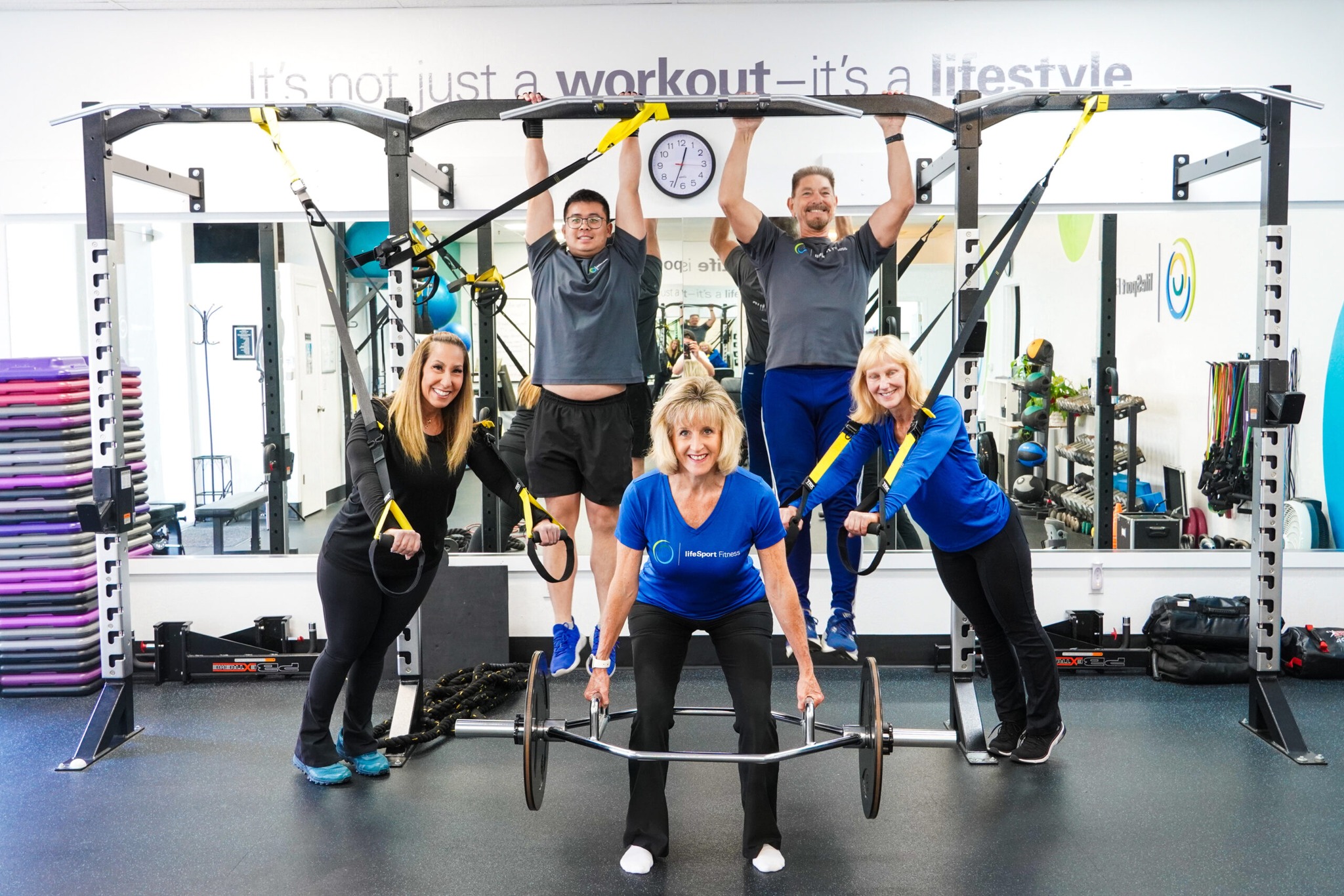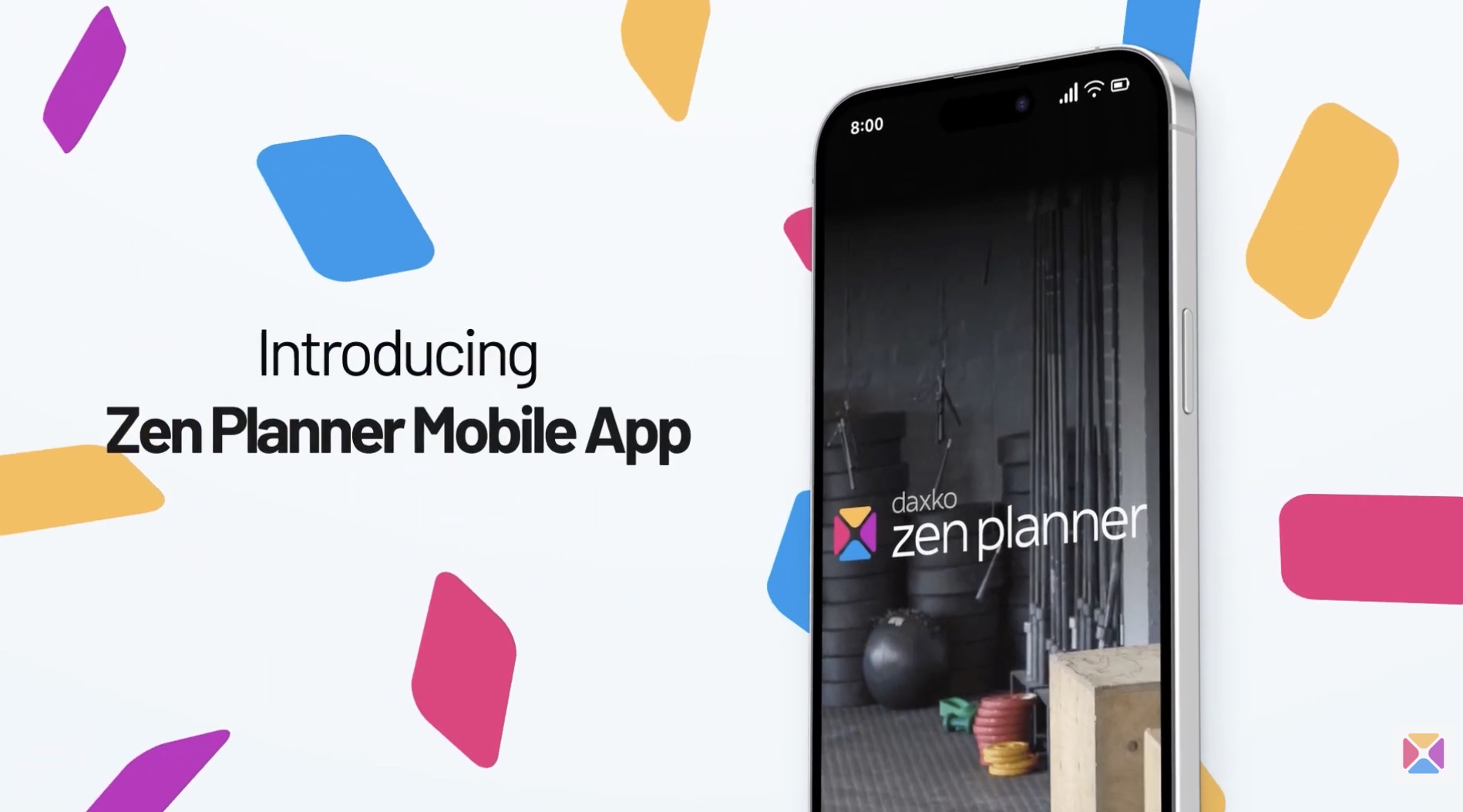Unlocking Success: Set Achievable Goals for Your CrossFit Gym

CrossFit affiliate gyms are sweeping the nation. Because of the range of functional, dynamic exercises performed, the transformational results they produce, and the highly publicized CrossFit Games, its no surprise CrossFit has become a household name. These gyms are also known to be a great place to build community and camaraderie while improving your strength and endurance.
As a CrossFit box owner, competing with other gyms in your area can be challenging. Aside from excellent equipment and athlete relations, setting achievable goals can significantly contribute to your success.
In this article, well explore how to set achievable goals for your CrossFit box and take your business to unprecedented levels.
Maximize Performance with Data and Analytics
Data and analytics play a pivotal role in improving your CrossFit box’s performance. By harnessing the power of data, you can uncover valuable insights, make informed decisions, and drive positive changes. Using data and analytics, you can set goals that will catalyze your success.
- Analyze athlete data. Athlete data should be the baseline for the goals you’ll make for your affiliate gym. Use this data to identify trends, understand your target audience better, personalize athlete experiences, and tailor your services to meet the specific needs of your athletes. By collecting the right athlete data, you can set the key metrics needed to grow your CrossFit box.
- Make data-driven decisions. Dont guess know. With data-driven decision making, you can make decisions that are based on facts, not hunches. These types of decisions lead to greater accuracy, objectivity, and overall success.
- Benchmark your performance. Compare your boxs performance against industry standards and best practices. This provides valuable insights into areas where your box excels and areas that require improvement.
- Conduct a predictive analysis. By analyzing historical data, you can identify patterns, forecast demand, and make proactive decisions for your business. This allows you to stay ahead of the curve, optimize resource allocation, and seize opportunities for growth.
Five Key Performance Indicators Every CrossFit Box Owner Should Track
To achieve success, you should first establish what success means for your business. By tracking the following metrics also known as key performance indicators (KPIs) you’ll be able to set goals for your gym and identify your boxs strengths and weaknesses.
1. Athlete Retention Rate
A critical KPI, your athlete retention rate measures the membership period at your gym. Tracking this KPI helps you assess the loyalty and satisfaction of your athletes while also highlighting the effectiveness of your retention strategies and athlete engagement initiatives. To gather this data, set up a survey to collect feedback from existing athletes.
This KPI can be improved by enhancing the overall athlete experience with things like a welcoming environment, a personalized coaching program for new athletes, goal-oriented programming, progress tracking, and an open line of communication and feedback. Athletes that are welcomed and nurtured are much more likely to stay long-term.
2. Average Class Attendance
Tracking the average number of athletes who attend your CrossFit classes will help you identify attendance patterns, which will allow you to optimize your class schedule, schedule coaches efficiently, gauge class popularity, and identify opportunities to increase athlete participation.
This KPI gives you valuable information that can inform how you move forward. And if your athletes are aware this data is being tracked, it can serve as a form of accountability that subtly encourages more commitment and dedication to their fitness goals.
3. Revenue per Athlete
To calculate the revenue per athlete, simply divide your total revenue in a given period by the number of active athletes during that same period. Tracking this KPI will provide insights into the profitability of your box and help you assess the effectiveness of your pricing structure and membership tiers. Additionally, keeping tabs on this metric gives you the ability to identify opportunities to increase revenue while maximizing the value and experience you deliver to your athletes.
This step is essentially an evaluation of your current financial health that will help you set realistic financial goals that will set you up for success. The data collected here will help you understand the revenue generated from your current customer base and reveal opportunities for improvement.
4. Athlete Satisfaction
Closely related to athlete retention, athlete satisfaction explains why your athletes have chosen to stay (or leave). Use surveys or feedback ratings to measure athlete satisfaction and identify any potential issues early on. Satisfied athletes tend to participate in gym activities, attend classes regularly, and engage with other athletes. Gathering this data will provide valuable insights into the overall athlete experience.
Another compelling reason to work to keep your athletes satisfied is cost. It costs up to 10 times more to win a new athlete than it does to keep a current one.
Satisfied athletes are more likely to stay longer and refer their friends, family, and colleagues to your gym, which will ultimately shape your brands reputation. Positive experiences lead to positive reviews and testimonials that form the image and credibility of your establishment. Track this KPI to make sure your improvements are in alignment with the needs and desires of your membership base.
5. Conversion Rate
To calculate your conversion rate, divide the number of newly acquired athletes by the total number of prospects. Your conversion rate is the percentage of leads or prospects who convert into paying athletes. Tracking this KPI allows you to evaluate the effectiveness of your marketing and sales efforts. It essentially allows you to evaluate how successfully you convert prospects into members. You may discover, for example, that your leads from social media have a higher conversion rate than leads from traditional print advertising, which would call for a reallocation of funds.
A high conversion rate is also indicative of a positive customer experience. If people are easily convinced to become members, it suggests that the gym is meeting their needs and expectations. By understanding your conversion rate, you can refine your marketing strategies, optimize lead nurturing processes, and increase the number of conversions youll experience in the future.
KPIs are a foundational aspect of smart goal setting because they are measurable and objective. By tracking these KPIs, in particular, you will gather valuable insights into your boxs performance that will enable actionable insight for growth and improvement. These KPIs will help to align you and your staff to chart a more focused and cohesive approach to success. Be sure to monitor these KPIs on a regular cadence so you can make timely adjustments that ensure your business is nimble enough to respond to changing circumstances quickly. Ultimately, these KPIs promote smart, informed decision-making that leads to increased efficiency, effectiveness, and overall success.
But once your KPIs are established and the data is collected, you might need a little help making sense of the information you gathered.
Data Visualization Tools
Now that you have the right data, what happens next? It can be difficult to analyze the information youve collected. Thats where data visualization comes in. Data visualization displays data like athlete attendance and skill tracking in the form of graphs, charts, infographics, and other visual formats to help you to interpret it effectively.
- Patterns. Visualizations help you understand patterns, trends, and correlations that might be challenging to grasp through raw or numerical representations alone. They provide a clear and concise summary of the information, facilitating a deeper understanding. This tool might be particularly useful to see trends in attendance over time; which might help to identify the perfect timing for a new promotional offer.
- Comparisons. They can also be used to compare different data sets or benchmark performance over time. This capability can help to discern performance improvements, identify areas for improvement, and make smarter decisions. This tool could be used to pinpoint which students are outperforming their peers and help you understand the workouts of the day (WODs) and personal records (PRs) that are driving those results.
- Outliers. Visualizations also help to highlight unusual data points, outliers, or anomalies that deviate significantly from the norm. These visual cues draw attention to potential data quality issues or exceptional events that might prompt further investigation and analysis. This tool can help you notice potential software issues or explain a random event like a power outage or weather event that called for a brief gym closure.
- Storytelling. Data visualizations allow users to create compelling narratives through data. By presenting the data in a visually appealing way, it becomes easier to communicate findings and pinpoint the significance of the data to various stakeholders. This tool can be a game-changer when you need to communicate the effectiveness of your gym to potential investors, for example. Graphs and charts will help you communicate your success in a way that evokes influence, trust, and reliability.
- Drilling-down. Many data visualization tools offer interactive features that allow users to interact with the data by drilling down into specific data subsects, applying filters, or slicing the data to focus on particular aspects, which facilitates a more exploratory, hands-on approach to data analysis. That way you can easily learn more about a particular piece of data, like the effectiveness of your programming over time.
Being able to visualize your data is an engaging way to gain new perspectives and discover the intricacies of your business. Incorporating data visualizations is an incredibly smart way to accelerate your success.
Athlete Segmentation
Segment your athlete data based on demographics, preferences, or performance metrics. Heatmaps, bar graphs, or pie charts can illustrate the distribution of athletes across different segments. This visualization helps you tailor marketing campaigns and messaging, create personalized experiences, and target specific segments effectively.
Athlete segmentations allow you to break your total membership (or potential membership) down into specific groups so you can speak to them directly with personalized campaigns that will resonate with them. When you speak to a group directly, using language they can understand and resonate with, you are more likely to get them to engage with your content and become an athlete at your gym. This approach will also make sure you spend your marketing dollars wisely and build stronger connections.
By leveraging visualizations, you can be more targeted, which will help you mitigate risks, justify your decisions, and drive athlete-specific improvements to your box’s operations.
The Power of Gym Membership Software
To access the magic of data visualization, invest in reputable CrossFit management software. A good one like Zen Planner youll be able to use it to help you capture all the KPIs highlighted in this article. Zen Planners custom-designed, CrossFit management software includes an integrated and customizable dashboard that allows you to see color-coded, intricate, yet easy-to-understand details about the metrics that matter most to your business. Zen Planner also offers time-saving solutions to tedious administrative tasks such as attendance tracking, workout tracking, athlete management, and communication.
Zen Planner has time-saving, automated features that can simplify the implementation of your goal-setting efforts too. From data collection, analyzation, to implementation, investing in gym membership software is a brilliant way to improve your business with very little effort, especially if youre working with limited resources.
Zen Planner’s analytics and reporting tools have revolutionized the way over a thousand gyms operate. With our integrated dashboard, you can easily improve your business with automated tools that streamline marketing, payments, reporting, merchandizing, and more.
With Zen Planner, you can step away from your office and get back in the box.

I’m Coach Kelli, a devoted CrossFit gym owner with 15 years of experience managing my facility, along with owning yoga studios and wellness centers. Beyond the fitness world, I have a passion for cooking, cherish moments with my children and family, and find joy in spending time outside. Having experienced the highs and lows, I’m dedicated to leveraging my expertise to help you grow and succeed on your fitness journey.

I’m Coach Kelli, a devoted CrossFit gym owner with 15 years of experience managing my facility, along with owning yoga studios and wellness centers. Beyond the fitness world, I have a passion for cooking, cherish moments with my children and family, and find joy in spending time outside. Having experienced the highs and lows, I’m dedicated to leveraging my expertise to help you grow and succeed on your fitness journey.







